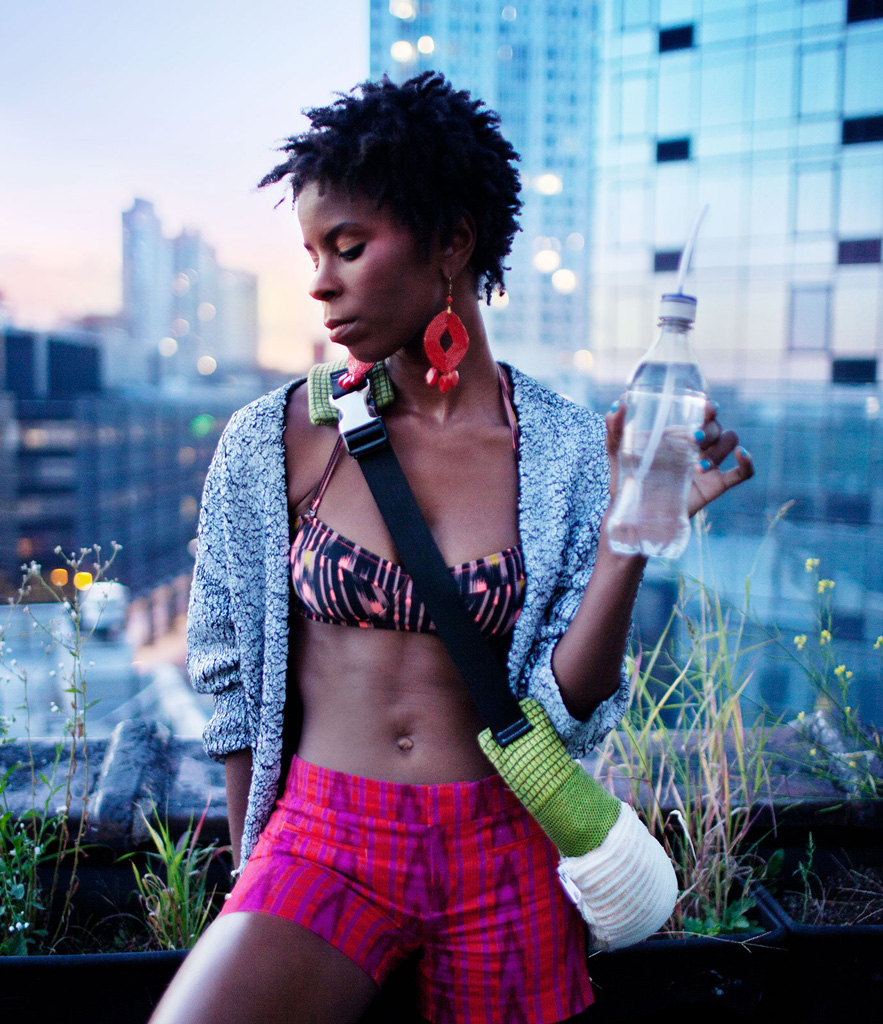When authorities alert citizens to an imminent disaster that might require evacuation, they encourage people to rapidly assemble an emergency “Go Bag” that is filled with vital documents, medications, and other personal items. Officials also recommend the inclusion of numerous purchased products that are deemed necessary for basic comfort and survival, such as food, water, batteries, and flashlights.
But certain issues with these kits reappear. Reliable access to electricity and fresh drinking water is a common problem, and possessions frequently become soaked or contaminated. So, to alleviate some of these problems, Yeadon Space Agency has been developing a better Go Bag with the assistance of a dedicated team of talented students at the Rhode Island School of Design.
Early in the process, our team understood that it does not need to replicate the vast array of excellent products that are already available for someone to toss in their bag. Instead, we agreed to take on the essentials that often fail, or are lacking. Our entire project was distilled into five critical challenge areas: filtration of tainted water, filtration of contaminated air, electrical power generation for portable devices, zero-power waterproof lighting, and keeping the bag’s contents dry.
Our ambition was to make a prototype that demonstrates how the remarkable properties of emergent materials might propel new, innovative solutions to persistent problems. We’ve made one working prototype of the Disaster Go Bag and are already considering other sizes and shapes that the product might take, depending on how it’s used. We think that, beyond event preparedness, such a Go Bag might also be useful for direct deployment to victims during the relief efforts that follow disasters.
While we were developing the Disaster Go Bag for disaster preparedness and relief, Yeadon Space Agency was also considering a few products that could be included in the bag. One of the critical components that was designed and prototyped is a simple bottle cap that might enable people to turn contaminated water into clean drinking water. We thought it might be useful to have a small filtration cap that just about anyone can screw onto standard plastic water/soda bottles.

It’s easy to use. Once the original bottle contents are gone, the user fills their empty container with some available water and screws our cap onto it. We used a Coca-Cola bottle as a standard for our cap prototype, because this product is widely available around the world. There’s a male luer taper on the top of the cap that holds a drinking straw or tube, so that the bit that touches the mouth remains clean. A second luer taper fitting holds another tube that’s immersed in the water. Just squeeze and suck to drink!
Our intent was to come up with a solution that does not require a proprietary bottle and filtration cap assembly in order to work. We also thought it was important to take advantage of manufactured components that are already available. Why start from scratch! So our filtration cap uses advanced microporous filtration membranes, tubing, and plumbing washers that are widely available.

Our prototype features a 200 nanometer PTFE microporous filtration membrane that blocks particulates and microbes, such as: sand, silt, clays, Giardia and Cryptosporidium, algae, and various bacteria. It does not block small viruses and chemical compounds, however ultrafiltration membranes can block viruses and the cap could be modified to fit these filters.
Finally, we were flirting with an Open Source approach to the project, to see what improvements others might make. The idea was that you could download our cap, and print it on your own 3D printer, try it out, modify it, and share it. However, there were some disadvantages to that approach. So, instead, we have published the idea and images of the prototype for others to use as a point of departure.
Project Team: Marty Laurita, Susan Merriam, Heyi Wang, Susan Williams, Peter Yeadon
Image Credits: John Crosby, NASA, New York National Guard, Mike Petrucci, Raafi Rivero, U.S. Navy, Liz West, and Yeadon Space Agency
Music Credit: “Space Coast” by Topher Mohr and Alex Elena






